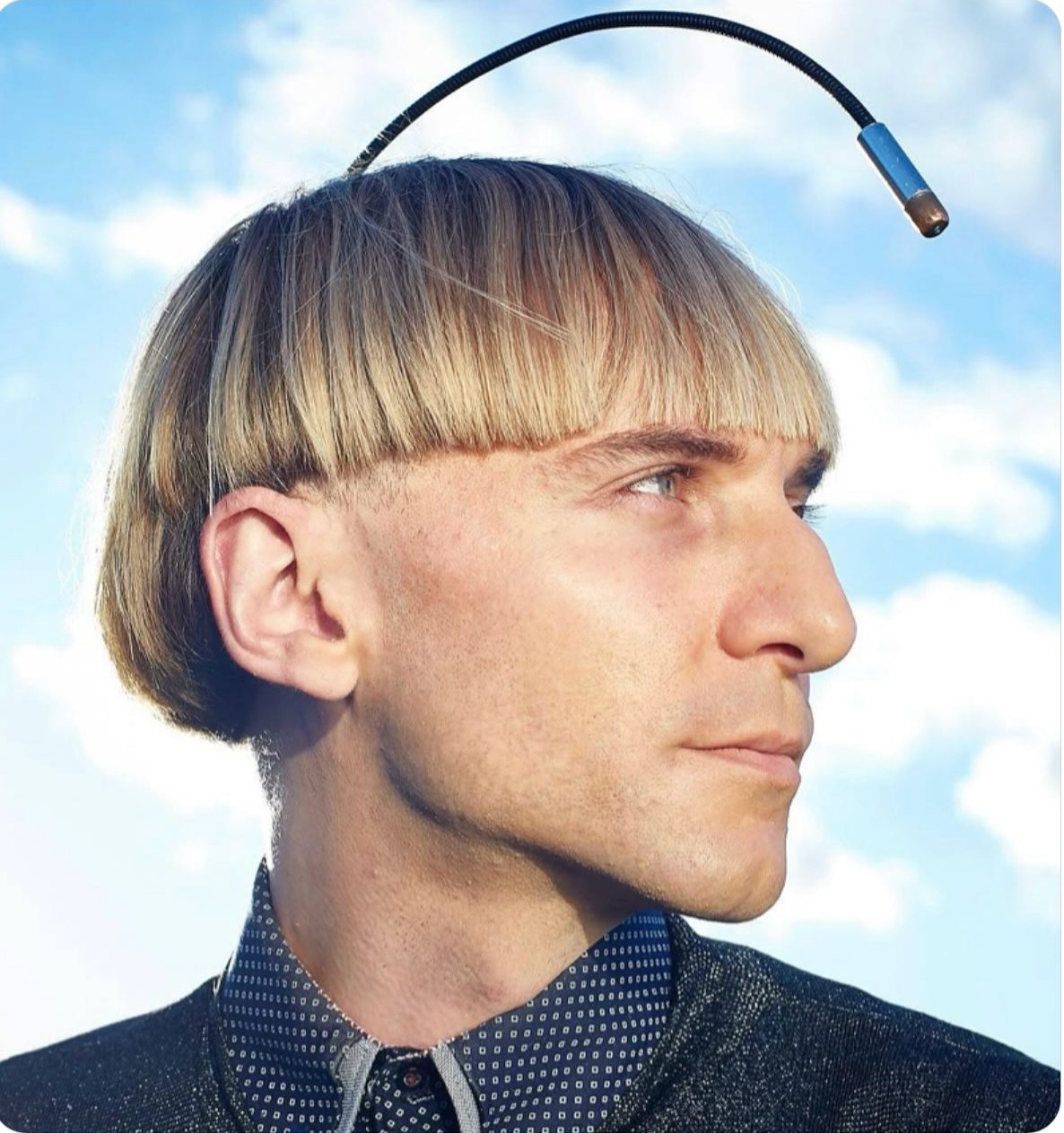How Neil Harbisson, the World’s First Cyborg Artist, Learned to Hear Colors Through an Antenna Implanted in His Head
Sometimes, the most extraordinary stories begin with a limitation. Neil Harbisson, born in 1982 in the United Kingdom, came into the world completely colorblind. For most of us, colors are a basic part of life, woven into every memory and experience, but for Neil, the world was shades of gray. What might have seemed like an obstacle, however, became the starting point of one of the most unusual and groundbreaking human journeys of our time. Today, Neil is known as the first person in the world to have an antenna implanted in his skull, a device that allows him to perceive colors as sound. He is not just an artist but a self-declared cyborg, someone whose identity is a blend of biology and technology.
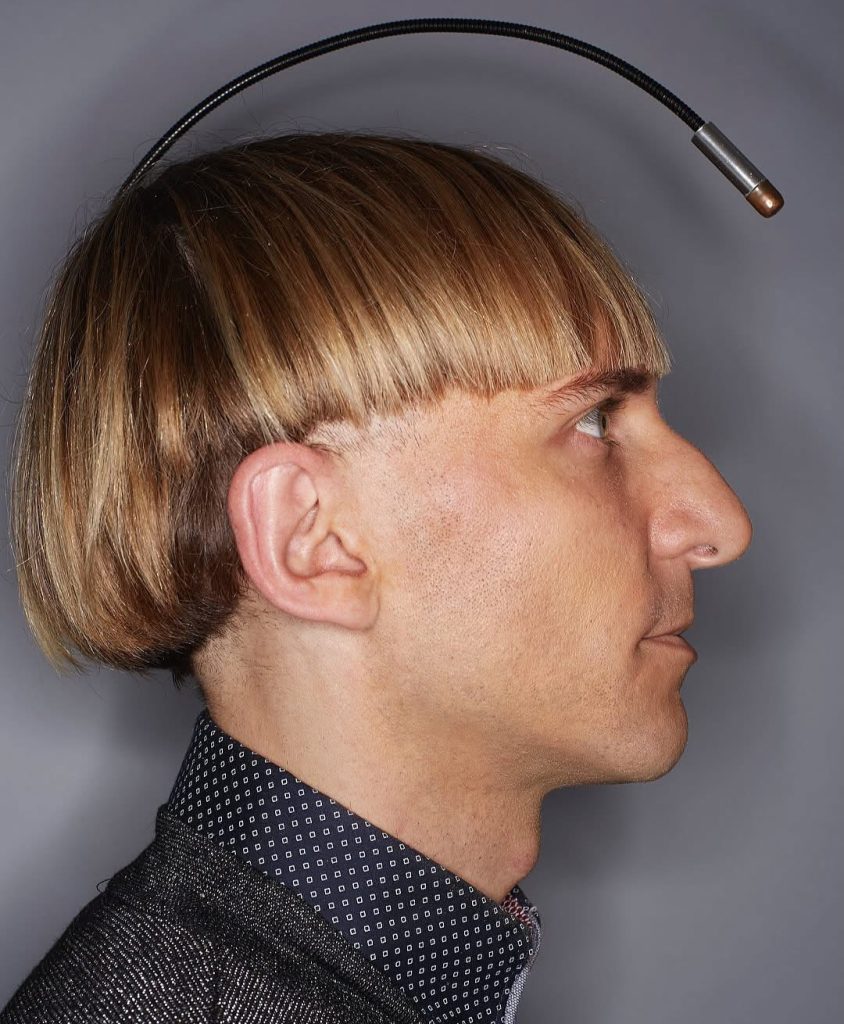
In the early 2000s, Neil underwent surgery to attach the device to his head. The antenna, which curves forward and hovers above his forehead, looks strikingly unusual at first glance. But its purpose is remarkable. It translates the frequencies of light into sound vibrations that Neil can hear. Each color corresponds to a different sound, turning the world into a symphony of tones. For Neil, a red object might hum in one pitch while a blue one resonates in another. Over time, his brain adapted to this input so completely that he no longer just hears colors—he experiences them as an additional sense, an extension of his perception.
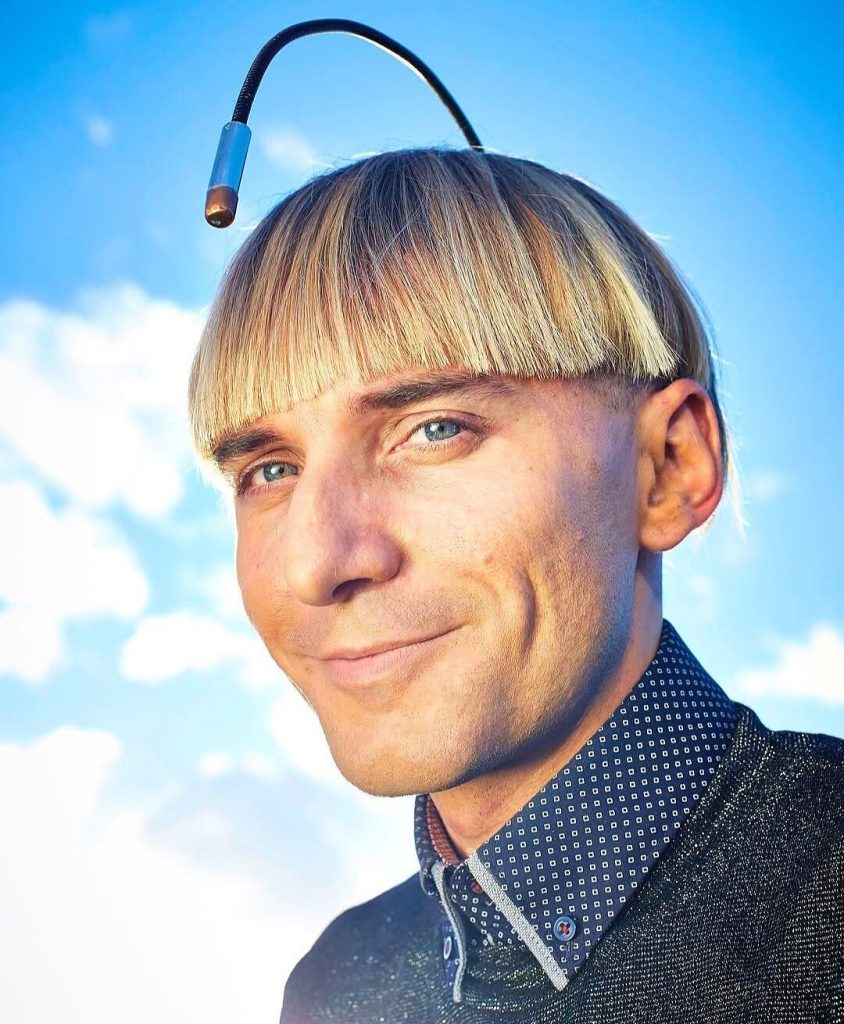
What makes his story so moving is that it transforms the idea of disability into a new kind of creativity. Where once Neil was limited to grayscale, he now lives in a world where every face, every piece of clothing, every flower, and even the sky itself produces music. He describes cities as orchestras of colors, and he creates art by combining the tones he perceives into compositions that reflect how he experiences the world. Instead of seeing art as something confined to sight, Neil’s work invites us to imagine what it feels like to live in a body that blends senses together.
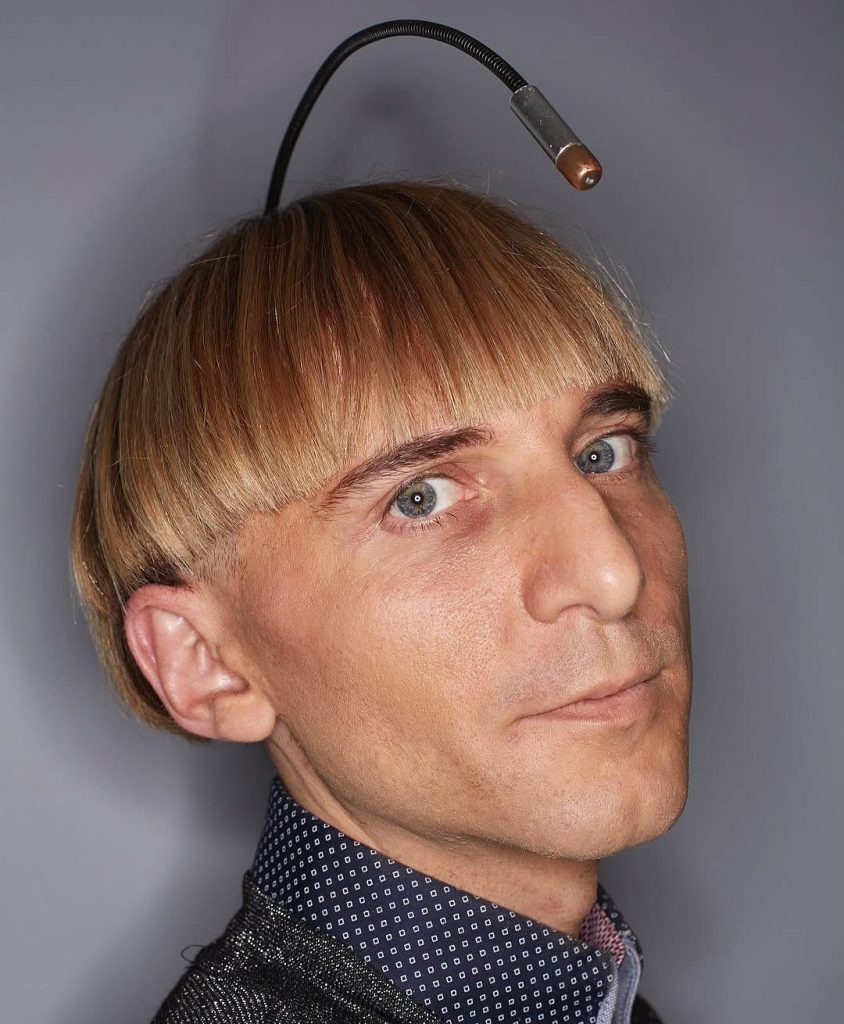
Neil’s antenna is more than just a tool; it has become part of who he is. He identifies as a cyborg, not in the sense of science fiction but in the literal sense that technology has merged with his biology. He even had the antenna officially recognized in his passport photo, a powerful statement about identity and the rights of people who choose to integrate technology into themselves. For Neil, being a cyborg is not about machines taking over humanity, but about expanding human potential and rethinking the boundaries of our senses.
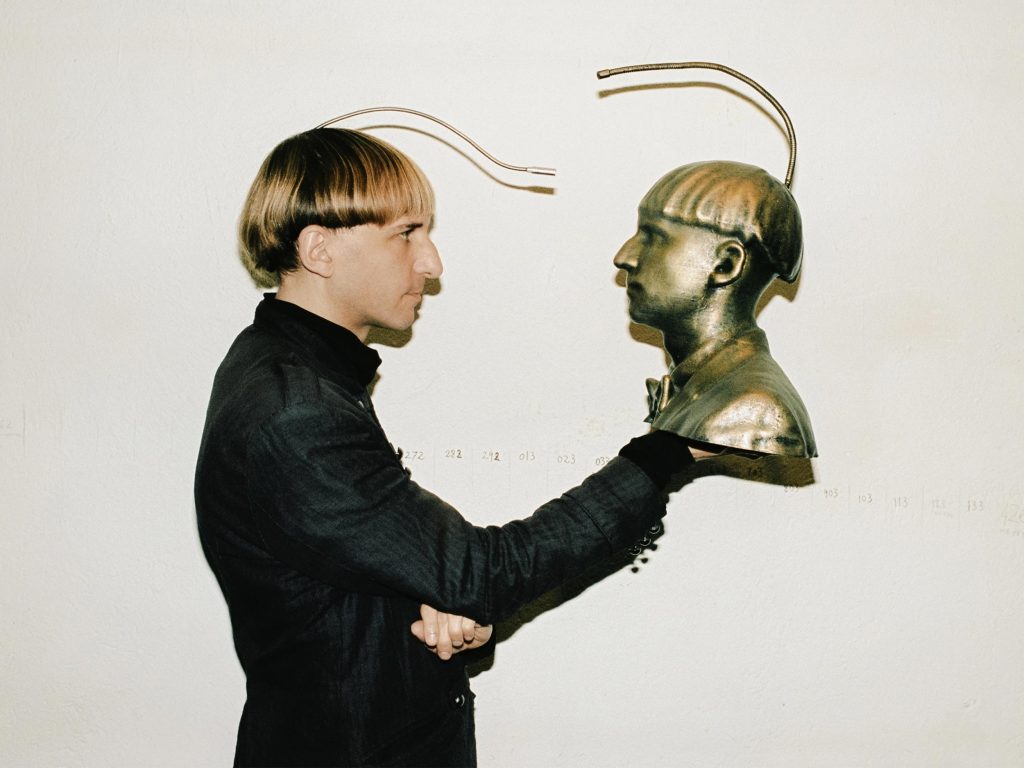
His work as an artist and activist has taken him around the world, where he speaks about the future of human evolution and the ethics of merging with technology. He co-founded the Cyborg Foundation, an organization that advocates for people who want to extend their senses through cybernetic implants. For Neil, technology is not just about convenience—it is about expanding what it means to be alive and how we connect with the universe.
There is something profoundly philosophical about Neil’s journey. The antenna doesn’t cure his colorblindness in the traditional sense. He still doesn’t “see” color the way most people do. Instead, he experiences it through sound, turning limitation into transformation. It challenges the very idea of what senses are, reminding us that human perception is not fixed but can evolve in ways we once thought impossible.

Looking at Neil, with his antenna arching toward the sky, you can’t help but feel that he embodies both the present and the future. He is a reminder that our relationship with technology is not only about machines and screens, but also about identity, creativity, and imagination. His life asks us to consider questions that go beyond science: What does it mean to be human? Where do our bodies end and technology begin? And what new forms of art and understanding might be possible if we allow ourselves to see, hear, and feel the world differently?
In Neil Harbisson’s story, a boy born into grayscale became a man who turned the world into music. And in doing so, he showed us that the boundaries of human experience are far more flexible than we imagine.

Daniel Reed is a curious mind with a passion for breaking down how the world works. With a background in mechanical engineering and digital media, he turns complex ideas into easy-to-understand articles that entertain and inform. From vintage tools and modern tech to viral internet debates and life hacks, Daniel is always on the hunt for the “why” behind the everyday. His goal is simple: make learning feel like scrolling through your favorite feed — addictive, surprising, and fun.
